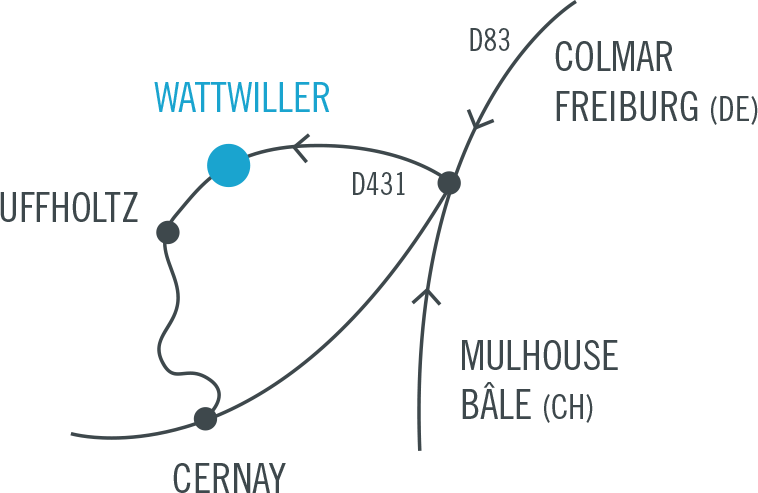Maryam Khosrovani’s work unfolds like a delicate, poetic dialogue with her past, transforming her memories into unique creations. Her project, entitled Sève (Sap), invites us to penetrate the walls of a garden in Teheran, a real “lost paradise” that the artist takes as a source of inspiration: from flowers to trees, water pipes and fountains.
Her different techniques form a vibrant homage to the traditional arts of Iran. She takes inspiration from Persian miniatures, embroidery and metal chasing to develop her own visual language. On paper, she pricks holes, sews, draws and embroiders forms that are both pared back and organic. The works, executed with finesse, represent not only nature, but also Persian architecture, evoking the geometric motifs of brick façades like the Great Mosque of Isfahan or the citadel of Karim Khan in Shiraz.
In this work, the needle is no longer a mere tool: it becomes the vector of a profoundly intimate expression, turning the paper into a surface of memory. The lapis-lazuli pigment, meanwhile, elevates the works in order to introduce one of the emblematic colours of Iranian architecture. For Maryam Khosrovani, the intense blue also evokes the howz (water basins) that form the central features of a Persian garden. They symbolise life and the purity of holy water, whilst reflecting the sky and the architecture surrounding them.
As a result, Sève becomes a powerful metaphor: like the sap that nourishes a plant from its roots, the artist’s past irrigates her work and brings her creations to life.
